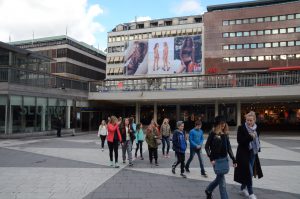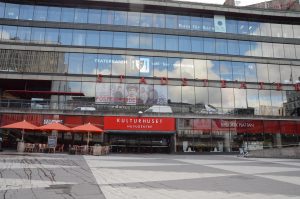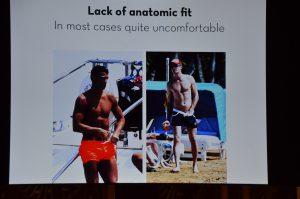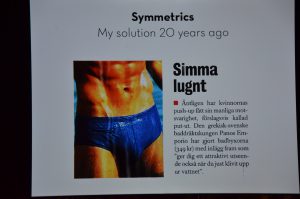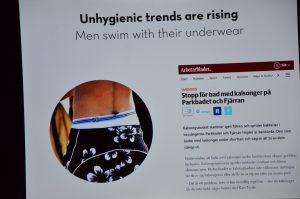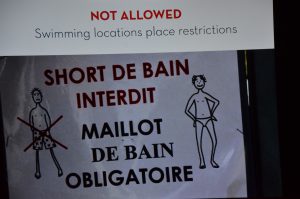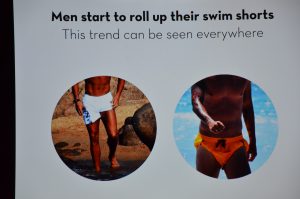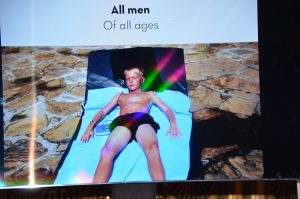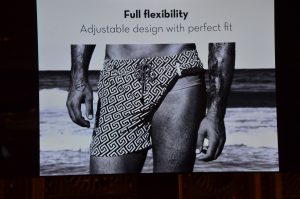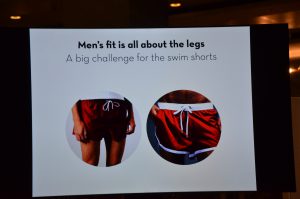BRUSSELS, April 19 (Xinhua) — The Chinese government has taken the most concrete actions in the world to tackle current excess capacity in the steel sector, a high-ranking official with China’s Ministry of Commerce told Xinhua Monday.
“As a major steel-producing, -consuming and -trading country and a major importer of raw materials, China is making enormous endeavors and paying enormous prices to cut excess capacity in the steel sector,” Zhang Ji, China’s assistant minister at the Ministry of Commerce, said after attending a steel meeting in Brussels.
The Chinese government has ceased to license steel projects and started to close outdated plants and eradicate “zombie” companies.
Zhang said early efforts have achieved remarkable results, noting that China had cut over 90 million tons of obsolete capacity during the 12th Five-Year period.
The State Council, China’s cabinet, announced earlier this year that crude steel production capacity will be slashed by 100-150 million tons over the next five years. It is estimated that 500,000 laid-off workers will have to be resettled.
“To make sure that excess capacity will be eliminated in an orderly manner, the central government has allocated an earmarked fund of 100 billion yuan (15.45 billion U.S. dollars), which will be used to resettle workers,” the official said.
Besides, the Chinese government is also committed to expanding domestic demand for steel products, which has a lot of potential as the Chinese economy will maintain a medium-high growth, Zhang said.
One measure is to start necessary large-scale infrastructure development projects.
“In the future, China will promote the use of steel structures in buildings and greatly increase the proportion of steel structures when rebuilding shanty areas and dilapidated houses and implementing anti-seismic housing projects,” he said.
Currently, only 5.6 percent of Chinese buildings use steel structures. China plans to increase that proportion to over 20 percent, which would need an extra 20 million tons of steel products a year.
“In addition, China will take measures to stabilize the consumption of major steel-consuming industries and increase and upgrade the use of steel products in automobiles, machinery equipment, the power and shipping sectors,” he added.
“It is the slow recovery of the world economy that causes a sluggish demand for steel products, which further leads to the overcapacity issue in the steel sector,” he said, responding to accusations that China is the cause of global steel overcapacity.
Meanwhile, the assistant minister stressed that as a major producer and consumer of steel, China’s steel products are mainly for domestic use.
“In recent years, 85-95 percent of steel produced by China have been for domestic consumption. China’s annual steel consumption accounts for 45 percent of the global total,” he said.
China used to be a net importer of steel before 2005 and is still the fifth-largest importer of steel in the world.
“China imported the equivalent of 13.57 million tons of crude steel in 2015,” he said, adding that China has thus contributed to the stable development of the global steel industry.
Moreover, rather than dumping steel in other countries, the Chinese government has in recent years implemented measures such as export tariffs on some steel products to reduce exports.
“The export tariff for billet is 20 percent and for hot-rolled wire rod 15 percent,” he said.
Many countries facing difficulties in the steel industry tend to adopt trade protectionist measures, which is incorrect, the trade official said, adding that frequent use of trade remedy measures and other import-restrictive measures is detrimental to the international cooperation on division of labor, cooperation and rational layout of the global steel industry.
According to statistics from the World Steel Association, world output of crude steel in 2015 was 1.62 billion tons, and the average capacity utilization rate was 69.7 percent, 3.7 percentage points lower than the 73.4 percent in 2014, which shows that the problem of global overcapacity is growing worse.
Besides China, steel-producing countries and regions like the United States and the European Union have also been plagued by overcapacity to different degrees.
Therefore, Zhang called on all steel-producing, -consuming and -trading economies and raw material supply economies to step up communication and policy coordination and jointly try to tackle the challenge of steel overcapacity, stressing that a “shared problem needs to be tackled with shared efforts.”
Zhang also expressed the hope that more economies can take active measures to jointly contribute to resolving the problem of global steel overcapacity.
“China is ready to step up communication, exchange of views and cooperation with other parties, and share its experience and practices related to excess capacity in the steel industry,” he said. Enditem





